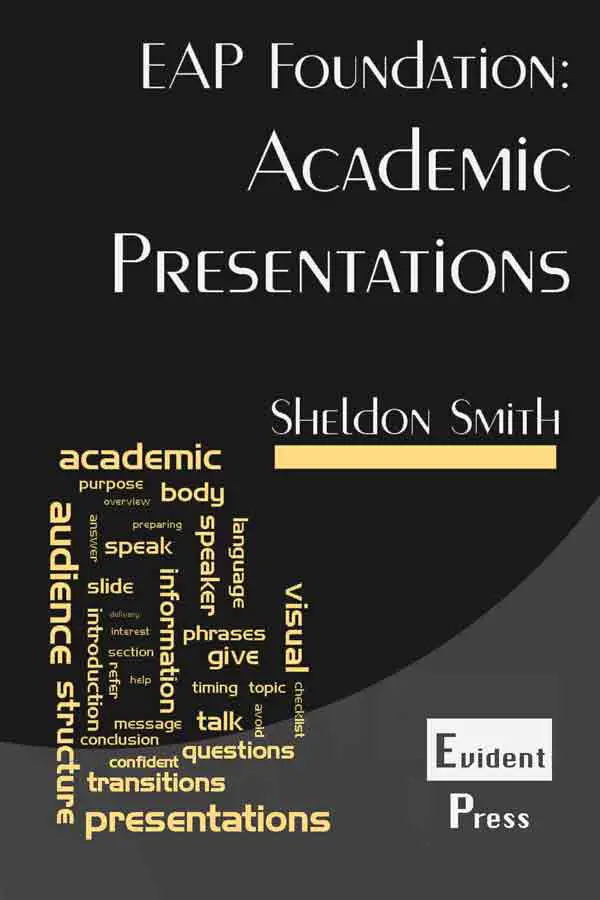Show AWL words on this page.
Show sorted lists of these words.


 







|
Understanding lectures
 Podcast is loading. Problems? Too slow? You can also access the Podcast by
clicking here.
Podcast is loading. Problems? Too slow? You can also access the Podcast by
clicking here.This message will disappear when then podcast has fully loaded.
Lectures are an essential aspect of student life. They serve as one of the main ways to deliver content knowledge to students. Although they may not be as effective as other methods of university study for learning new ideas, such as seminars, they are used because they are efficient: it takes less time to talk to a hundred students in a lecture hall than it does to talk to the same students broken down into smaller classes.
The process of lecture comprehension
Understanding a lecture is not simply a matter of attending the lecture and listening. You need to prepare for the lecture by doing some pre-lecture activities; you need to be active during the lecture by listening for the main points and making notes; and you need to do follow-up work after the lecture has finished to consolidate (strengthen) your understanding. Each of these stages is described in more detail below, followed by a summary of the whole process.
Pre-lecture
It is difficult to understand a topic you do not already know something about. As a result, your lecturers will expect you to prepare for their lectures. In general, this will involve reading about the topic ahead of the lecture, and possibly studying some of the key terms (vocabulary) related to the topic, which can often be quite specialist. It can be useful to try to think of questions you want to be answered during the lecture.
Lecture
The most important task during a lecture is following the main ideas. Good lecturers use special language signals, called lecture cues, to help with this. Speakers often give unimportant information, including digressions, and it is necessary for you to be aware when your lecturer is doing this. Your lecturers will expect you to take effective notes of the main points, which means using symbols and abbreviations to increase speed, as well as making sure your notes have a clear structure so that you can use them later. You may have questions during a lecture, in which case you should make a note of these to answer later.
Post-lecture
When the lecture has finished, your task has not. Your notes may be messy or incomplete. Abbreviations you understand now may be incomprehensible when you return to your notes later. It is therefore important to improve your notes after a lecture, by adding more detail, writing some full words where you have abbreviations, and by discussing with others and comparing what they thought were the main points. If you had any questions during the lecture, you should try to find answers to these.
Summary
The following flowchart summarises the process of lecture comprehension.
Pre-lecture |
| |
|
During the lecture |
| |
Post-lecture |
|
References
College of Saint Benedict, Saint John's University (2013) Lecture Note Taking. Available at http://www.csbsju.edu/academic-advising/study-skills-guide/lecture-note-taking (Access Date 19 August, 2013).
NHTI (2013) Study Skills - Lecture Notetaking. Available at https://www.nhti.edu/student-resources/where-can-i-get-help-my-studies/study-skills/study-skills-lecture-notetaking (Access Date 19 August, 2013).



